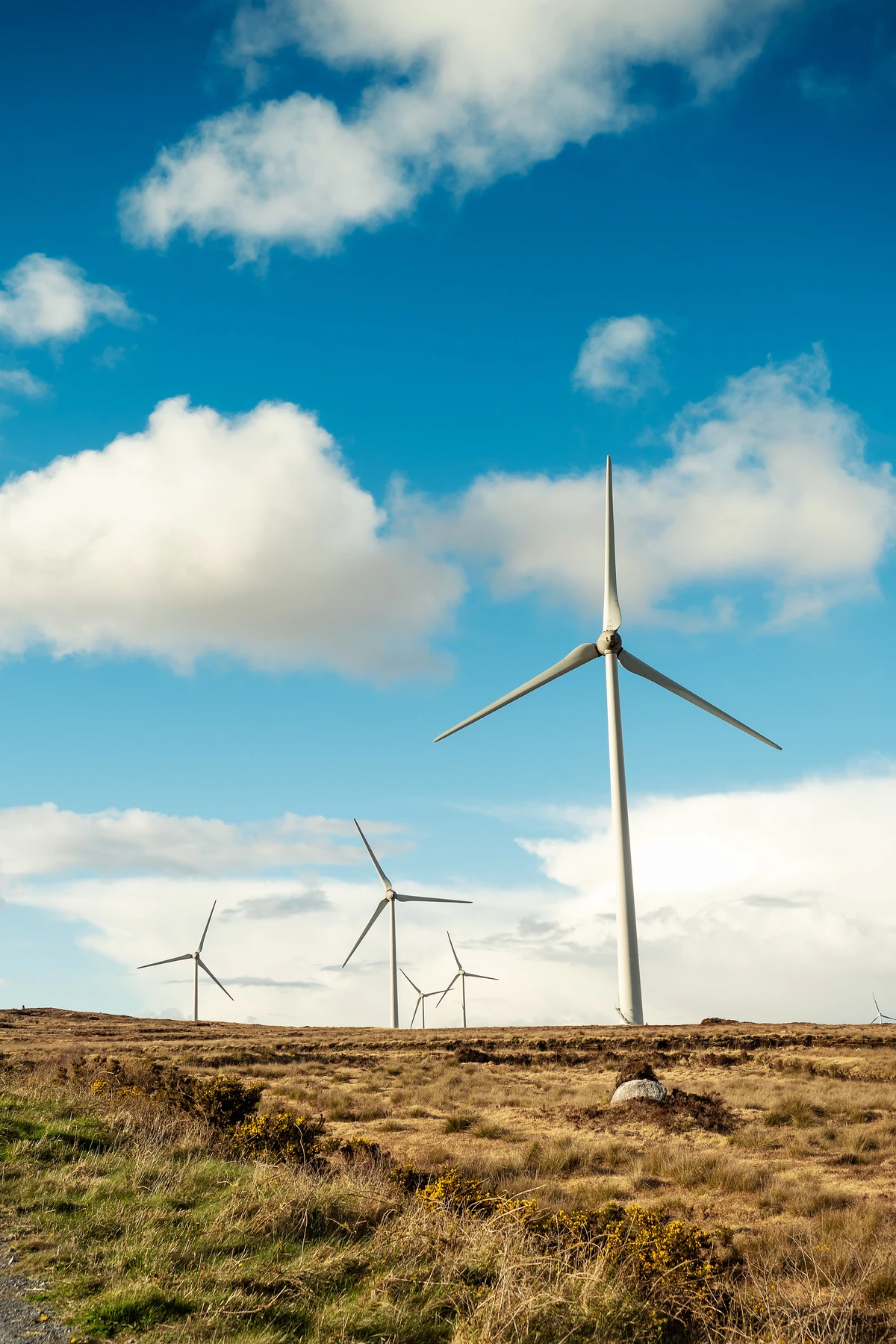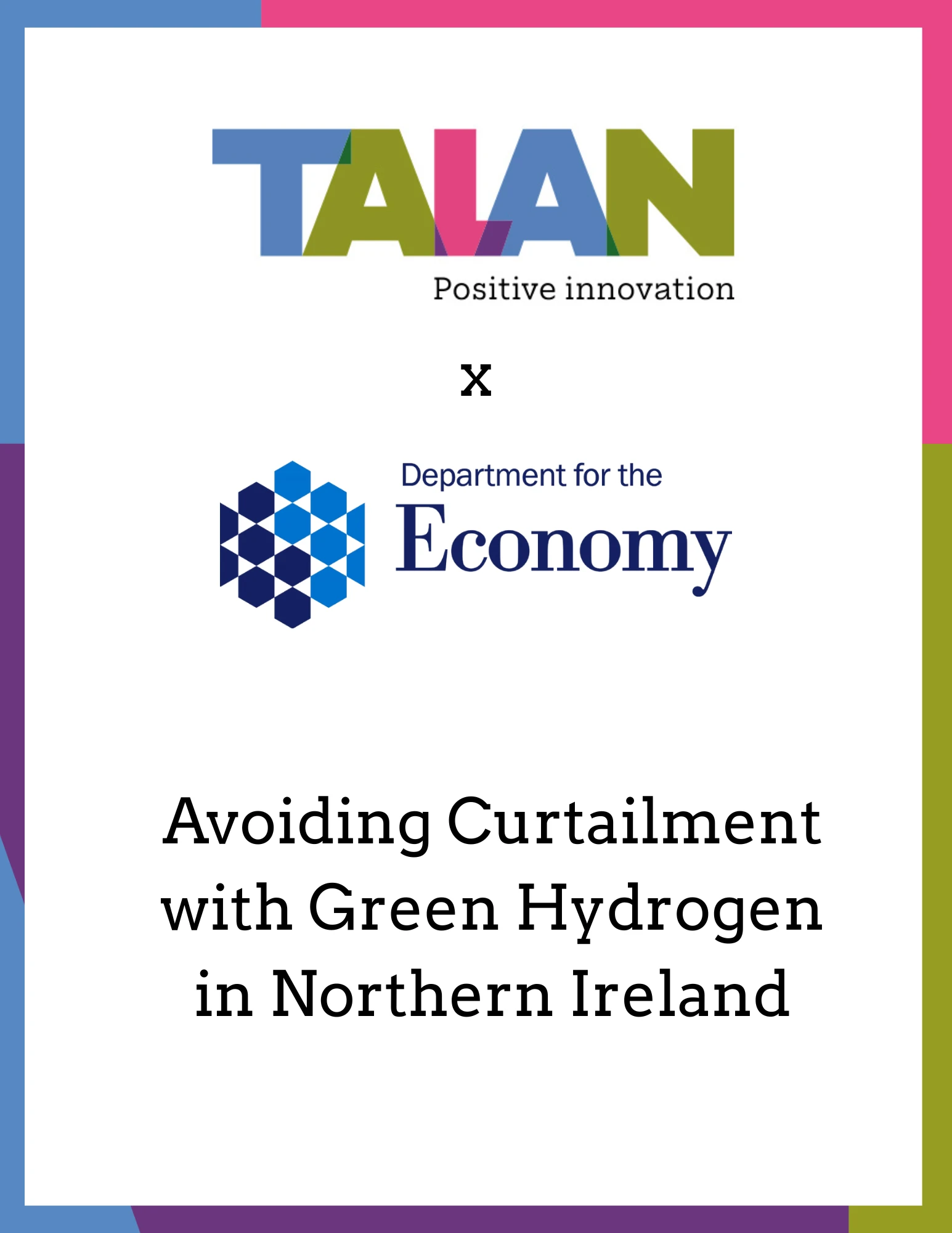
Avoiding Curtailment with Green Hydrogen in Northern Ireland



Download our full case study
Read our work with the Northern Ireland Department for the Economy as we improve hydrogen adoption across the country.
The Client's Challenge
The Northern Ireland Department for the Economy is facing a major challenge due to increasing levels of wind energy being curtailed. In 2023, this led to a loss of 539 GWh of clean wind energy — enough to power almost 170,000 homes. The discrepancy resulted in high compensation costs to wind farm operators and undermined efforts to cut carbon emissions and advance sustainable energy goals.
To address this, the department sought help to develop innovative solutions for effectively utilising the otherwise wasted wind energy.
Talan's Solution
Talan was asked to create a complete solution to help Northern Ireland make better use of wind energy that’s currently being wasted. Our proposal was to use this excess energy to power electrolysers, which produce green hydrogen: a clean fuel that can be stored and used later. This would turn wasted wind energy into a valuable and flexible energy source.
The project looked at:
- Costs and feasibility of this approach compared to other hydrogen production methods.
- The impact of government subsidies on making green hydrogen more affordable.
- How different levels of wind capacity and Dispatch Down affect hydrogen production.
Four future scenarios were analysed, and each included different levels of unused wind energy. The study compared the cost of producing hydrogen with the cost of compensating wind farms for unused energy. It also estimated how much government support might be needed to make green hydrogen production more cost-effective.
Our Impact
Talan evaluated how policy could support green hydrogen production using excess wind energy in Northern Ireland. Using Dispatched Down wind to power electrolysers could cut energy waste and reduce costly compensation to wind farms. With added offshore wind, hydrogen production could become cost-effective, potentially saving up to £145.4 million per year. This would boost the value of wind energy and help meet net zero goals.
The green hydrogen could also be used for energy storage, grid balancing, and as a clean fuel for transport and industry.
Let's Talk!

